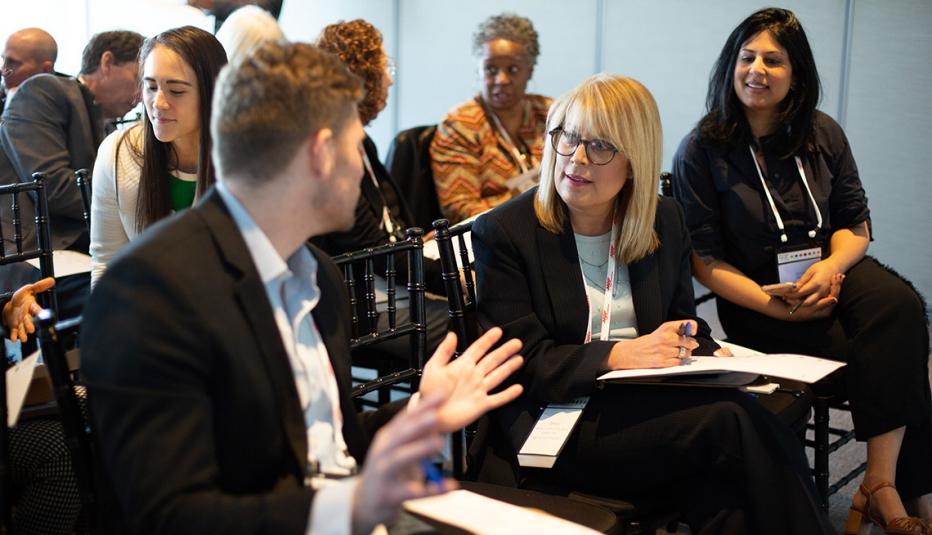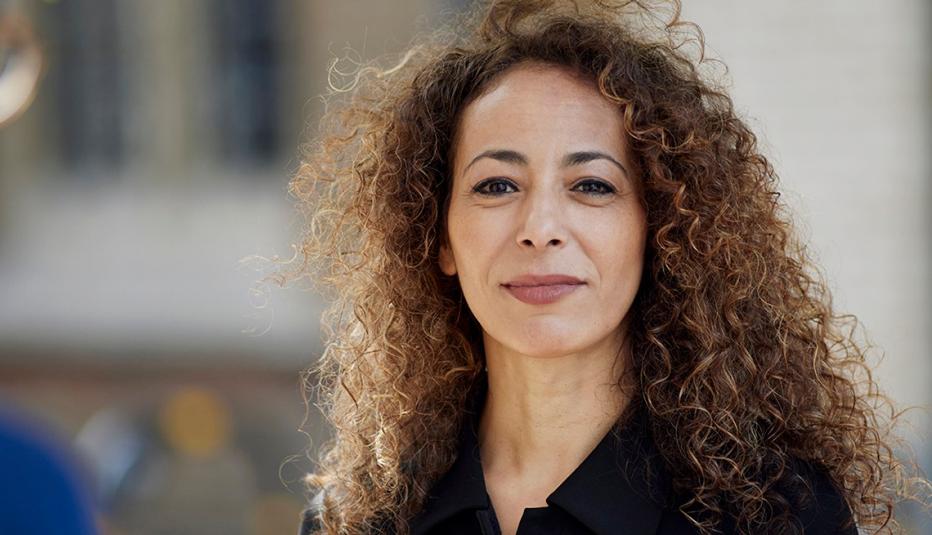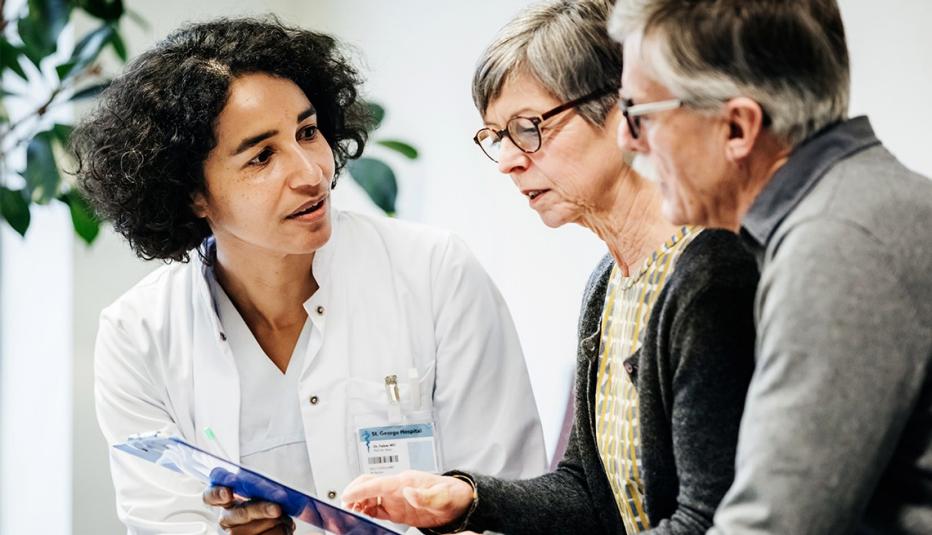AARP Hearing Center


Divorce can be quite difficult, both emotionally and financially. It is important that both parties in a divorce be aware of the laws and regulations that will have a bearing on their long-term financial security. During the process of splitting assets, it is especially important that the two spouses remember to consider retirement assets such as any 401(k) plans or pensions. In cases where most of the retirement assets accrued during a marriage are in one spouse’s workplace retirement plan, oftentimes the other spouse is not aware that they may be entitled to a share of those retirement assets or that they need a special court order called a Qualified Domestic Relations Order (QDRO) to ensure that they receive their share. Because men are still the primary breadwinner in most marriages and tend to accrue more retirement assets than women, this issue is particularly relevant to women.
Conducted in July 2021, these in-depth interviews with 21 women address the high emotional and financial toll of divorce and the need for reliable guidance on navigating divorce, especially guidance on how to secure a share of the marital retirement assets.
Overall Lessons Learned
Overall, many separated and divorced women whose spouse/former spouse was the primary breadwinner in their marriage feel helpless, vulnerable, and alone as they go through the separation or divorce process.
Many women, even those who are currently married, do not know much about their spouse’s/former spouse’s retirement benefits.
Notably, some divorced or separated women who used attorneys were not advised appropriately about their entitlement to retirement benefits.
These findings suggest it is critical to:
- Educate women about the importance of retirement benefits for their long-term financial security.
- Encourage women to be more aware of their household’s finances and assets throughout their marriage.
- Educate women about the importance of a QDRO and how to get one before their divorce is finalized.
- Empower women to be proactive during their separation/divorce proceedings to help ensure they are satisfied with the overall outcome.
Many women feel that there is a lack of free (or affordable) guidance, resources, and information about how to navigate a separation or divorce, particularly in the absence of domestic violence.
- Women would welcome a non-profit organization that is willing to provide resources and information to help them navigate their separation/divorce.
- Other opportunities for helping women navigate the financial aspects of separation/divorce include:
- Providing pre-divorce counseling to help women understand what their finances may be like after a divorce and how best to secure their share of any marital assets.
- Providing a “divorce checklist” on which women can list all of their joint assets and review key steps to take during the divorce process.
- Providing pre-divorce counseling to help women understand what their finances may be like after a divorce and how best to secure their share of any marital assets.
Messaging Lessons Learned
When reviewing messages about the importance of securing one’s share of a spouse’s retirement assets during the divorce proceedings, women prefer messages that come across as objective and easy to understand. Overall, this research suggests that effective communication for women about retirement assets and divorce should:
- Have a factual/informational tone, as opposed to an emotional tone.
- Use language that is easy to understand without the help of a lawyer or research.
- Embed a clear call-to-action with immediate next steps.
- Use specific examples such as a “401(k) or pension” when referring to workplace retirement benefits or retirement assets.
- Reference the “legal” right that most women have to their spouse’s retirement benefits.
- Clarify that this issue is relevant regardless of age by using phrases such as “no matter your age” and “important to your long-term financial security.”
- Explain that, even though a QDRO is usually needed in order to secure one’s share of a spouse’s/former spouse’s retirement assets, not all attorneys know how to draft QDROs. Clarify that a QDRO specialist may be needed.
- Explain that this issue must be addressed before the divorce is finalized.
- Specify where to find additional resources and information.
Methodology
This qualitative research study among women ages 35-64 was conducted in July 2021. A total of 21 women participated in in-depth, online interviews, including 8 who were divorced, 8 who were separated, and five who were married. All interviewing was conducted by Limelight Insights by Shugoll. This project was a collaboration between AARP and The Pension Rights Center.
For more information, contact S. Kathi Brown of AARP Research at skbrown@aarp.org. Media inquiries should be directed to AARP’s External Relations department at media@aarp.org.































































